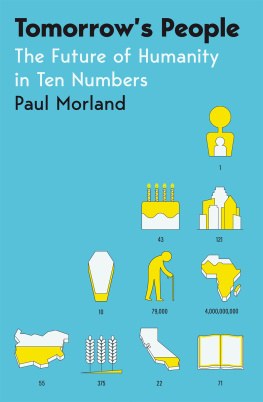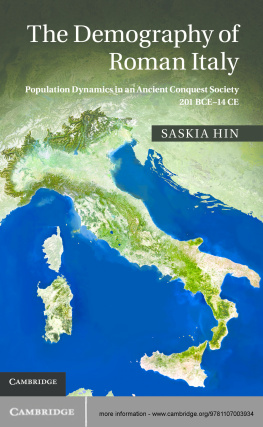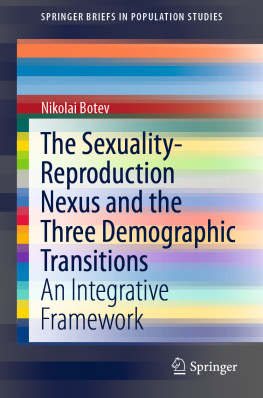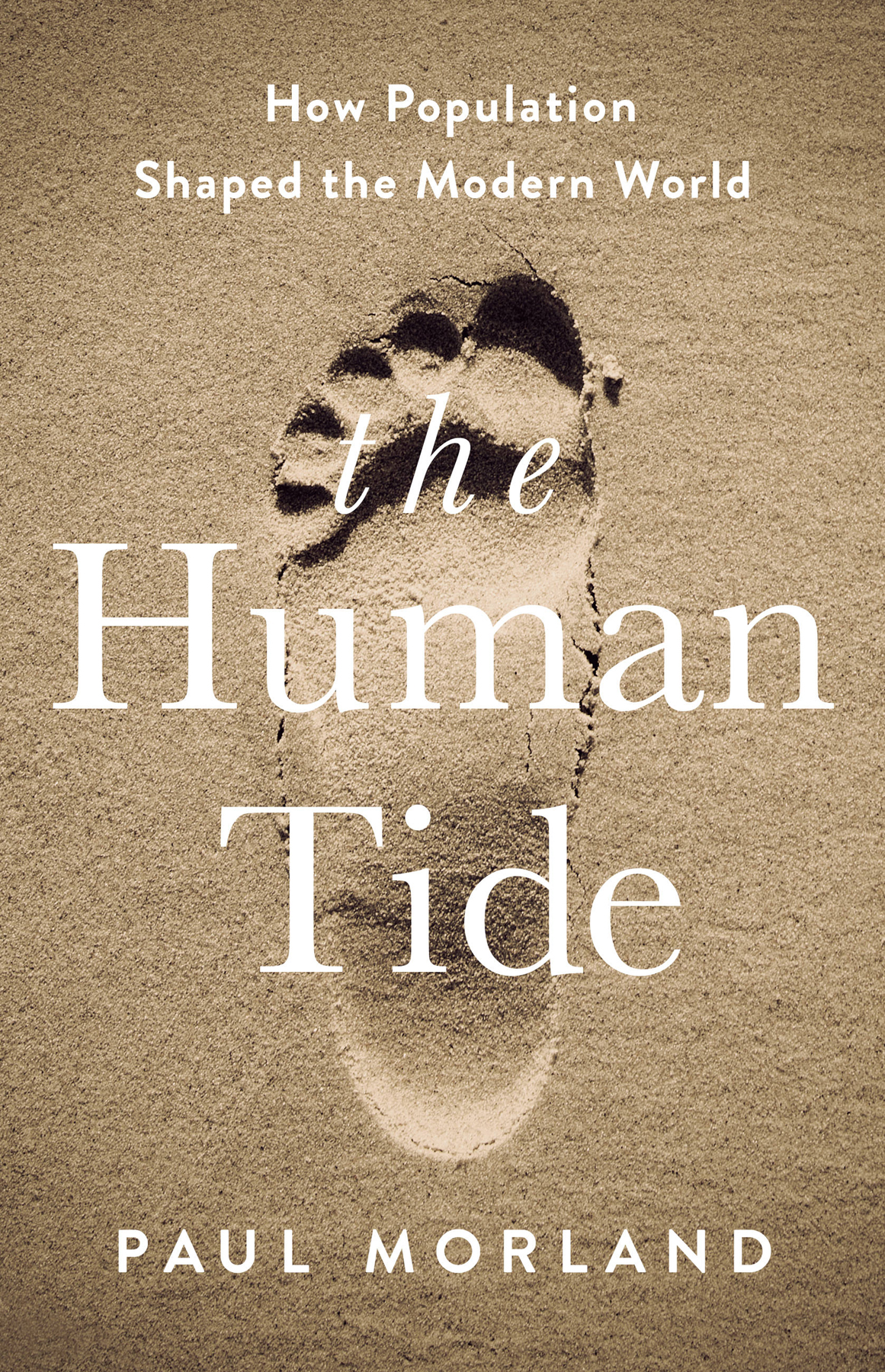Cover copyright 2019 Hachette Book Group, Inc.
Hachette Book Group supports the right to free expression and the value of copyright. The purpose of copyright is to encourage writers and artists to produce the creative works that enrich our culture.
The scanning, uploading, and distribution of this book without permission is a theft of the authors intellectual property. If you would like permission to use material from the book (other than for review purposes), please contact permissions@hbgusa.com. Thank you for your support of the authors rights.
Published by PublicAffairs, an imprint of Perseus Books, LLC, a subsidiary of Hachette Book Group, Inc. The PublicAffairs name and logo is a trademark of the Hachette Book Group.
The Hachette Speakers Bureau provides a wide range of authors for speaking events. To find out more, go to www.hachettespeakersbureau.com or call (866) 376-6591.
The publisher is not responsible for websites (or their content) that are not owned by the publisher.
Demography here is made flesh. In a gripping narrative, Morland shows how history has been driven not only by science and economics, but by birth, sex, life and death. An essential read for anyone seeking to understand not only the human tide, but the tide of history. Gripping, authoritative and compelling.
R ICHARD V. R EEVES , author of Dream Hoarders: How the American Upper Middle Class Is Leaving Everyone Else in the Dust,Why That Is a Problem, and What to Do About It
Demographic change underlies most of the trends of our time, from controversies over immigration to the challenge of funding welfare states. In The Human Tide, Paul Morland provides an eru dite and entertaining overview of the influence of population trends on history.
M ICHAEL L IND , author of Land of Promise:An Economic History of the United States
Paul Morland has rudely awakened us to the hidden hand of demography in shaping history and politics in the modern world. It is not world population, but rather unevenness in its distribution over time, that is revolutionary. At a time when currents of global politics are confounding the conventional wisdom, the politics of population change offers many of the answers. Morlands superb political-demographic history of the world alerts us not only to how manpower matters, but why the perception of population shifts may be even more consequential than the shifts themselves. By the time the demographic transition runs its course, nations ethnic and religious politics, the balance of global power, and the world economy will have been radically upended. If you want to understand our times, you must read this book.
E RIC K AUFMANN , author of Whiteshift: Populism, Immigration and the Future of White Majorities
A fascinating account of how much sheer population numbers have mattered in human historyand why major demographic upheavals, happening now and over the next few decades, are going to affect us all.
A LISON W OLF , Sir Roy Griffiths Professor of Public Sector Management at Kings College London and author of The XX Factor: How the Rise of Working WomenHas Created a Far Less Equal World
Population has been historically one of the key factors that has defined the relations between states. As Paul Morland shows in this nuanced, highly informative and rigorously argued book, it has now become the defining factor for the political dynamics within states. The Human Tide shows that we live in an age of hard and soft demographic engineering.
I VAN K RASTEV , Chairman of the Centre for Liberal Strategies in Sofia
To my children, Sonia, Juliet and Adam
Joan Rumbold was nineteen years old in 1754 and living in the London district of Chelsea when she met John Phillips. Three years later, pregnant by Phillips and having contracted gonorrhoea, she was abandoned by him and with nowhere else to turn was admitted to a workhouse. When an opportunity to work in service came up, she was sent to nearby Brompton, leaving her son, John junior, in the workhouse, where he died two years later. This unexceptional story of desperation, abandonment and infant death would today scandalise most societies in the developed world, triggering heart-searching and finger-pointing from both the social services and the press. In eighteenth-century England, and just about anywhere else at the time, it was completely normal. It had been so since the dawn of human history. Similar stories might be told of hundreds of thousands of girls across Europe and millions across the world at the same time or earlier. Life was lived against a background of material deprivation where, for most people, every day was a struggle against hunger, disease or some other form of disaster.
Historically, it was only yesterday that life was nasty, brutish and short. Almost any account of an aspect of the ordinary persons existence in pre- and early industrial society, whether of diet or of housing, of patterns of birth and death or of ignorance, of lack of hygiene or of lack of health, can easily shock todays reader. For Spanish peasants in wine-producing regions, for example, all hands were required in critical seasons of the annual cycle, including mothers of small children who left their offspring alone, crying and hungry in putrid diapers; neglected, the children might end up with their eyes pecked out by domestic fowl allowed to wander in and out of their dwellings Small wonder that between a quarter and a third of babies born in eighteenth-century Spain were dead before their first birthdays.
Life the other side of the Pyrenees for the ordinary French peasantthe vast bulk of the populationwas little better. Today the department of Lozre is a charming region known for its kayaking and trout fishing, but in the eighteenth century most of its inhabitants were clothed in rags and lived in miserable cottages, surrounded by manure which emitted a dreadful stink; the hovels rarely had windows and their floors were covered by scraps of canvas and wool serving as beds on which the old, decrepit man and the new-born child the healthy, the ill, the dying and often the newly dead lay side by side. Similar descriptions of squalor and misery could apply to most places on the globe at almost any time since humankind adopted agriculture around ten thousand years or so ago.
So much for the idyll of rural life in earlier times, a myth only possible in a society so long urbanised as to have lost its memory of what pre-industrial country life was really like. This was the life which every penniless Jane Austen heroine on the hunt for a wealthy heir was trying to avoid, if not immediately for herself, then quite possibly for her children or grandchildren in a world of merciless, steady downward economic and social mobility and no welfare state.
Rural life across most of the world today is very different from that of the eighteenth-century country dweller of Spain or France. Urban life, too, has improved immeasurably from the miserable norms common as late as the nineteenth century even in what was then the most developed part of the world. This is well captured in the memoirs of Leonard Woolf, husband of the more famous Virginia. Woolf was born in 1880 and died in 1969 and witnessed a transformation of living conditions in south-east England where, but for a decade as a colonial administrator in Ceylon (now Sri Lanka), he spent all his life. He wrote towards the end of his life that he was struck by the immense change from social barbarism to social civilization in London and indeed in most of Britain during his lifetime, considering it one of the miracles of economics and education; slums, with their terrifying products, no longer existed and by the middle of the twentieth century, thought Woolf, it would be hard for those who







